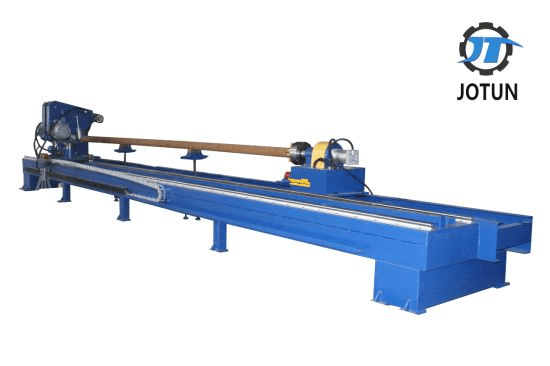Blasting when used as a technical term in
the manufacturing industry can be taken or understood quite literally. Blasting
involves the use of material substances or more specifically, abrasives, to
continuously bombard or blast a specific piece pf steel or any metal product.
However, this process is not aimed at destroying the piece of metal or steel
being “blasted”.
On the contrary, blasting is a vital part
of the manufacturing process, whose importance cannot be overestimated. It is
an essential step in successfully and correctly finishing a steel ort metal
product. This is because proper and correct coating or colouring would prove to
be more challenging without carrying out the blasting process. On that note,
what exactly is blasting? We will consider the types of blasting and how exactly
does blasting work?
Types
of Blasting
There are two major types of blasting.
- Wet blasting
- Dry blasting
First of the note that both dry and wet
blasting is similar in their methods of operation. However, wet blasting simply
involves the use of water or any other liquid and soap (when needed). This is
unique because it allows simultaneous blasting and washing of the steel or
metal product. However, the speed of the procedure is not generally as fast as
the typical dry blasting.
Dry blasting, on the other hand, involves
the use of abrasives (as mentioned earlier) to bombard the surface of steel and
metal products. This continual bombardment would eventually lead to the
shedding of a very thin layer of the surface. This shedding is vital because it
is accompanied by the expulsion of impurities. These impurities could have
lodged into spaces on the surface of the material. A typical example is dust
particles. However, other unwanted particles of other metals could be involved,
especially in a factory or industry setting.
Several materials could be used as
abrasives in dry blasting. This gives rise to a variety of the options
available for dry blasting. These abrasives and their methods include:
- Sand particles hence we have
sandblasting - Glass beads giving rise to bead
blasting - Wheel blasting makes use of a
spinning wheel and many more.
The machine used for shot blasting (which
is a type of dry blasting) is the shot blasting machine. It is also referred to
as the blaster or the wheel blasting equipment or machine. Blasting is
automatic using this machine and faster for industrial purposes.
Industrial
Uses of Blasting
- Cleaning of steel surfaces in
steel fabrication. - Foundry casting and
- The building of ship in
shipyards.
Types
of Shot Blast Machine
- Shot blast equipment for pipes,
tubes, rods and bar series. - Typical blaster spinner hanger
through tunnels along overhead rails. - Standard series of shot
blasters.
Importance
of Blasting
Blasting is extremely important first because it gives the material texture. This makes it easier for the coating or coloring to stick. This is especially true of wheel blasts
Additionally, its cleaning ability
increases the lifespan of the duration of use of the steel or metal product. So
we have metal products of higher standards that last longer.
